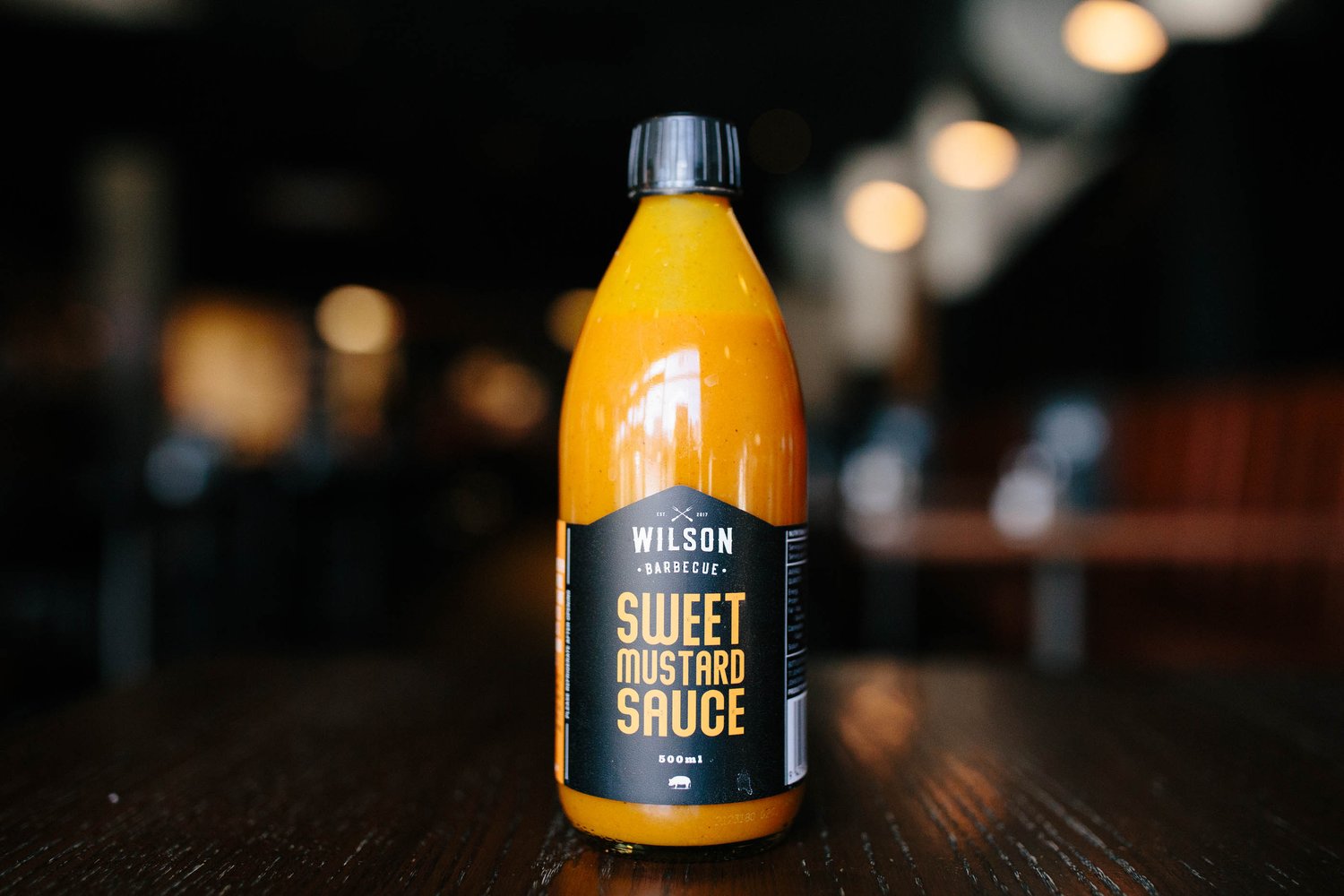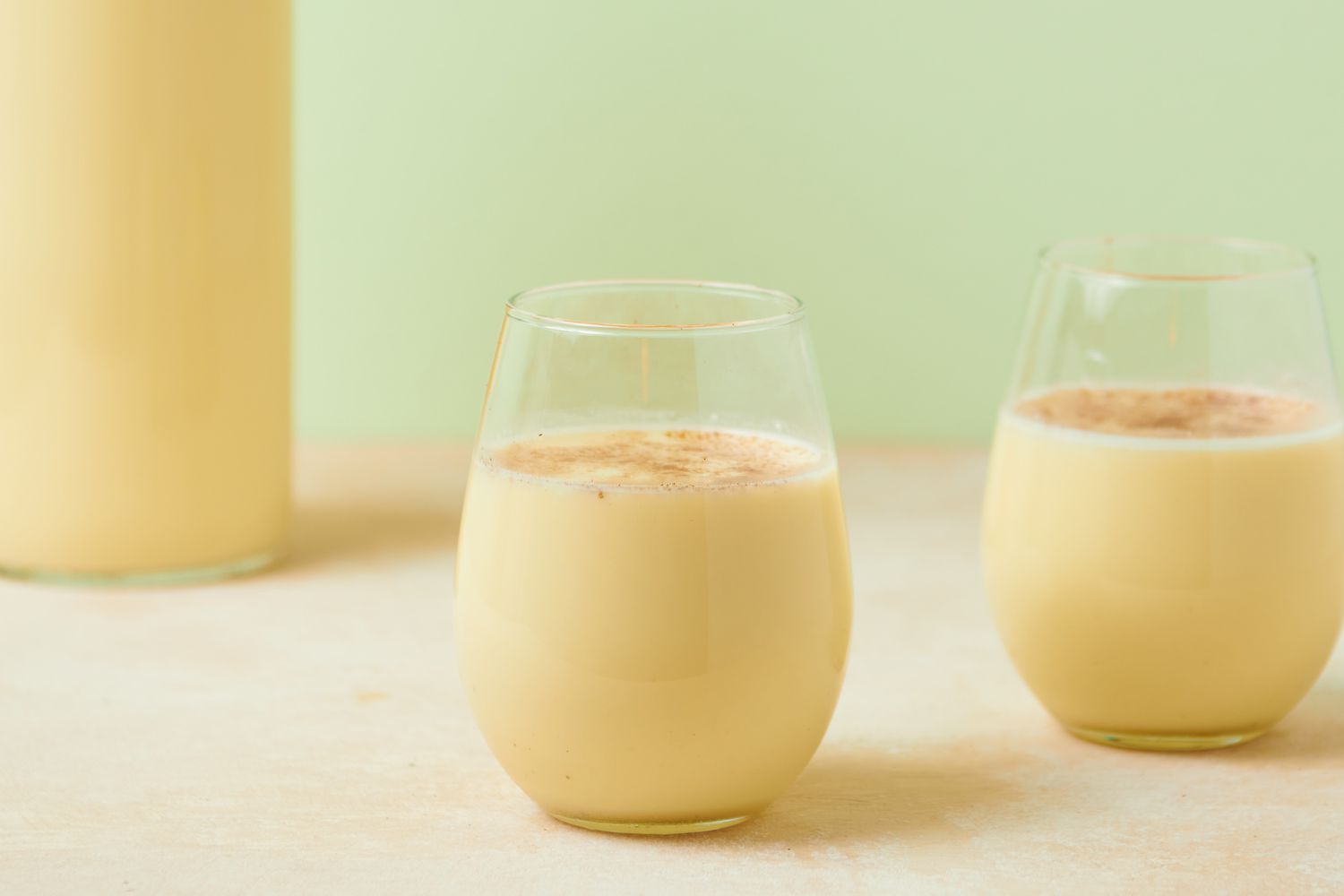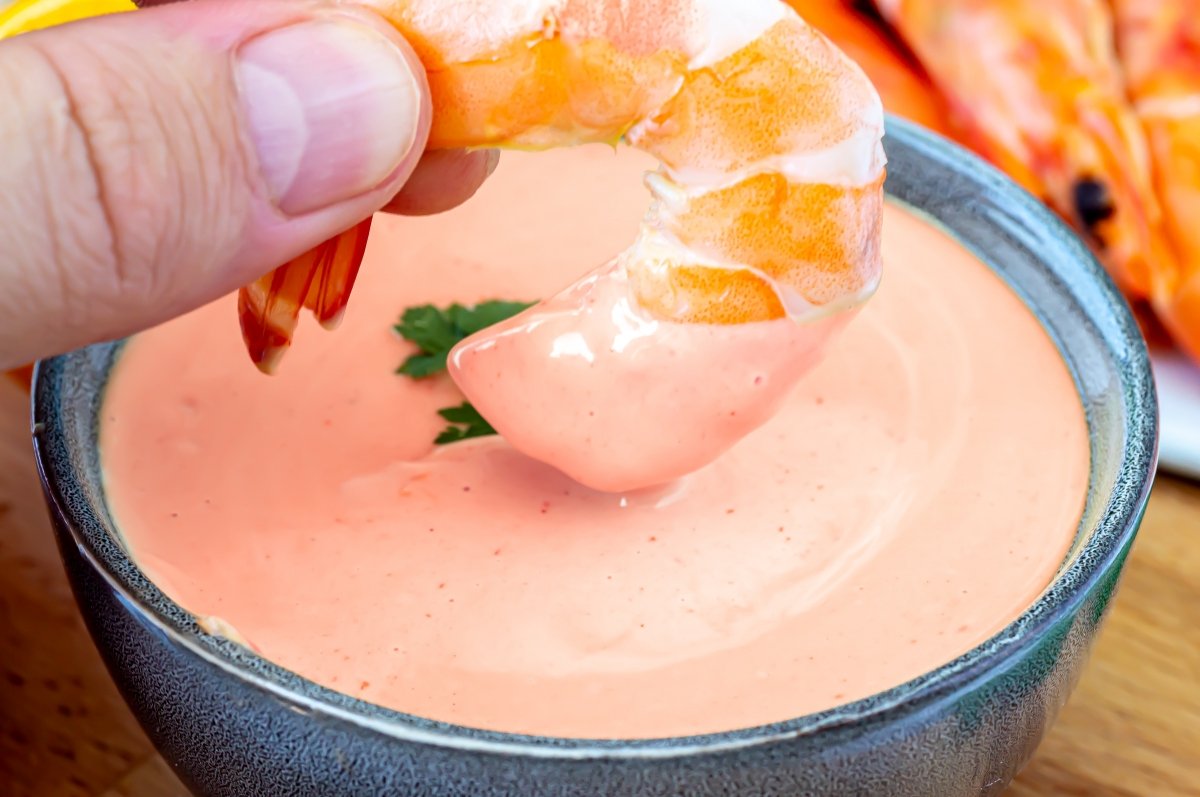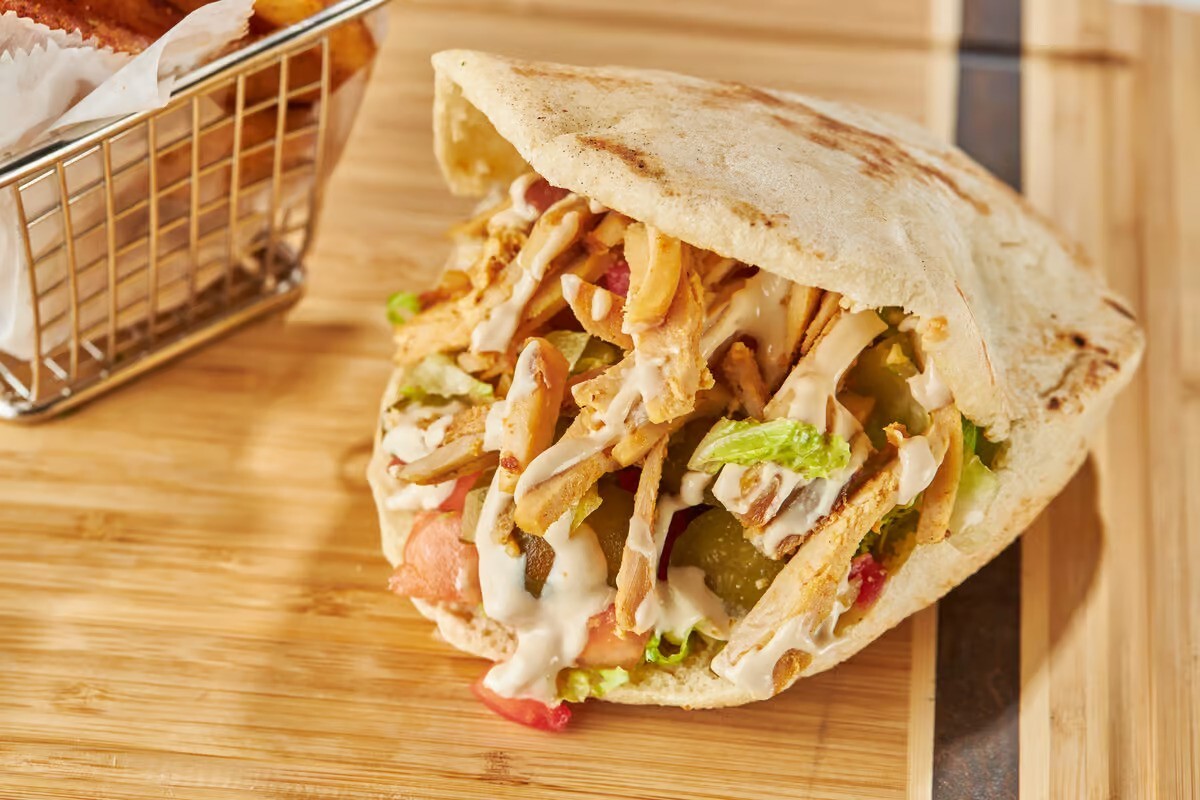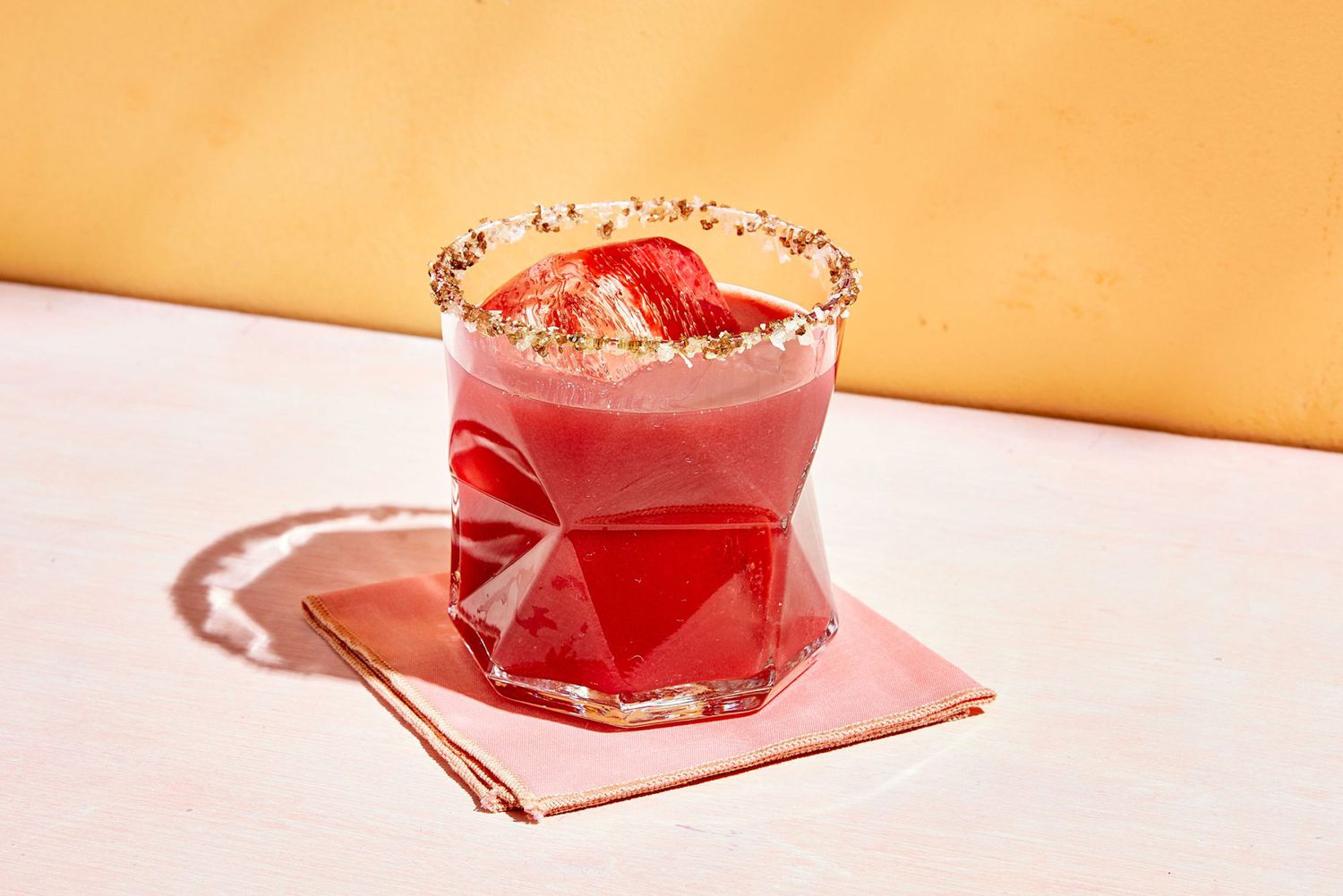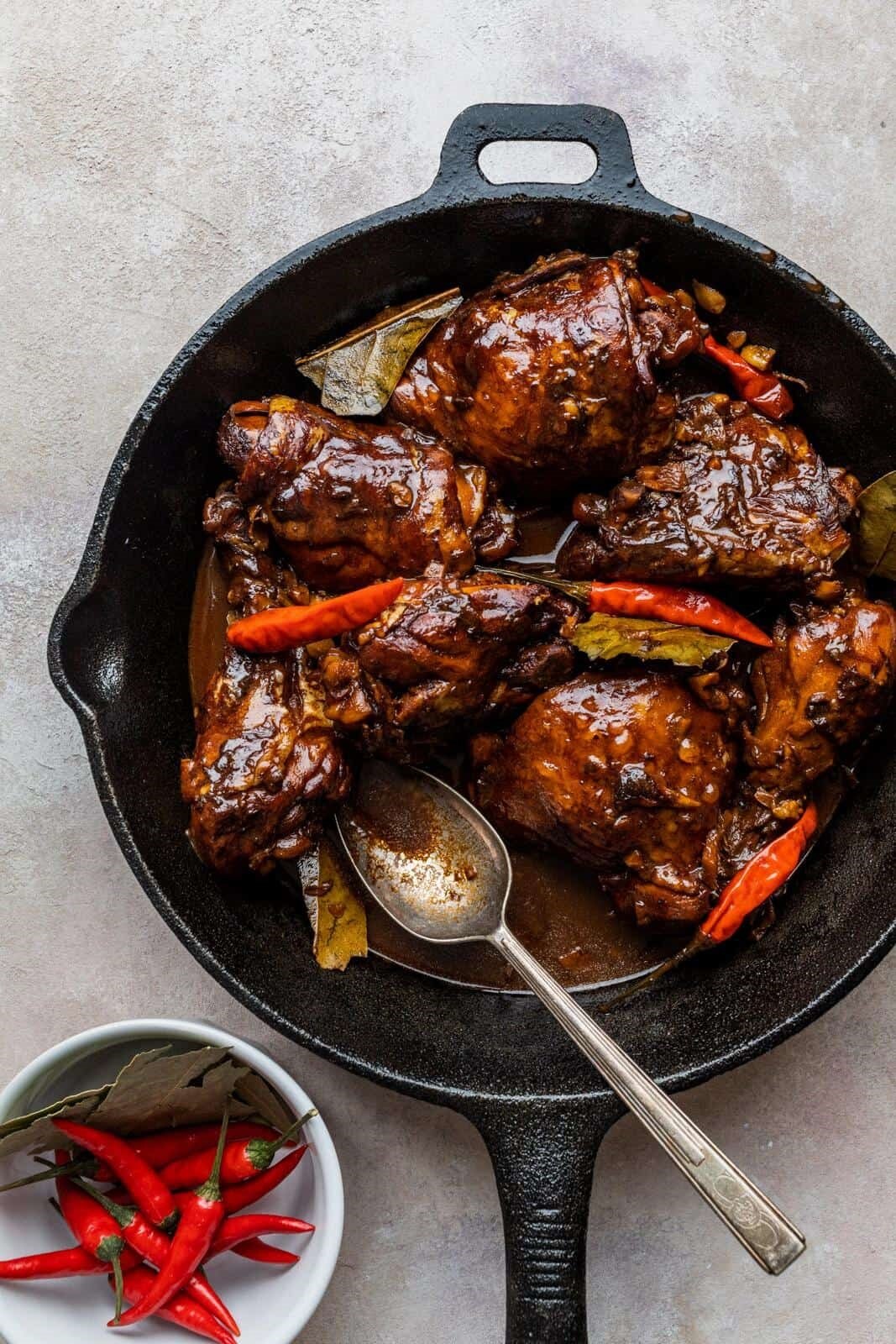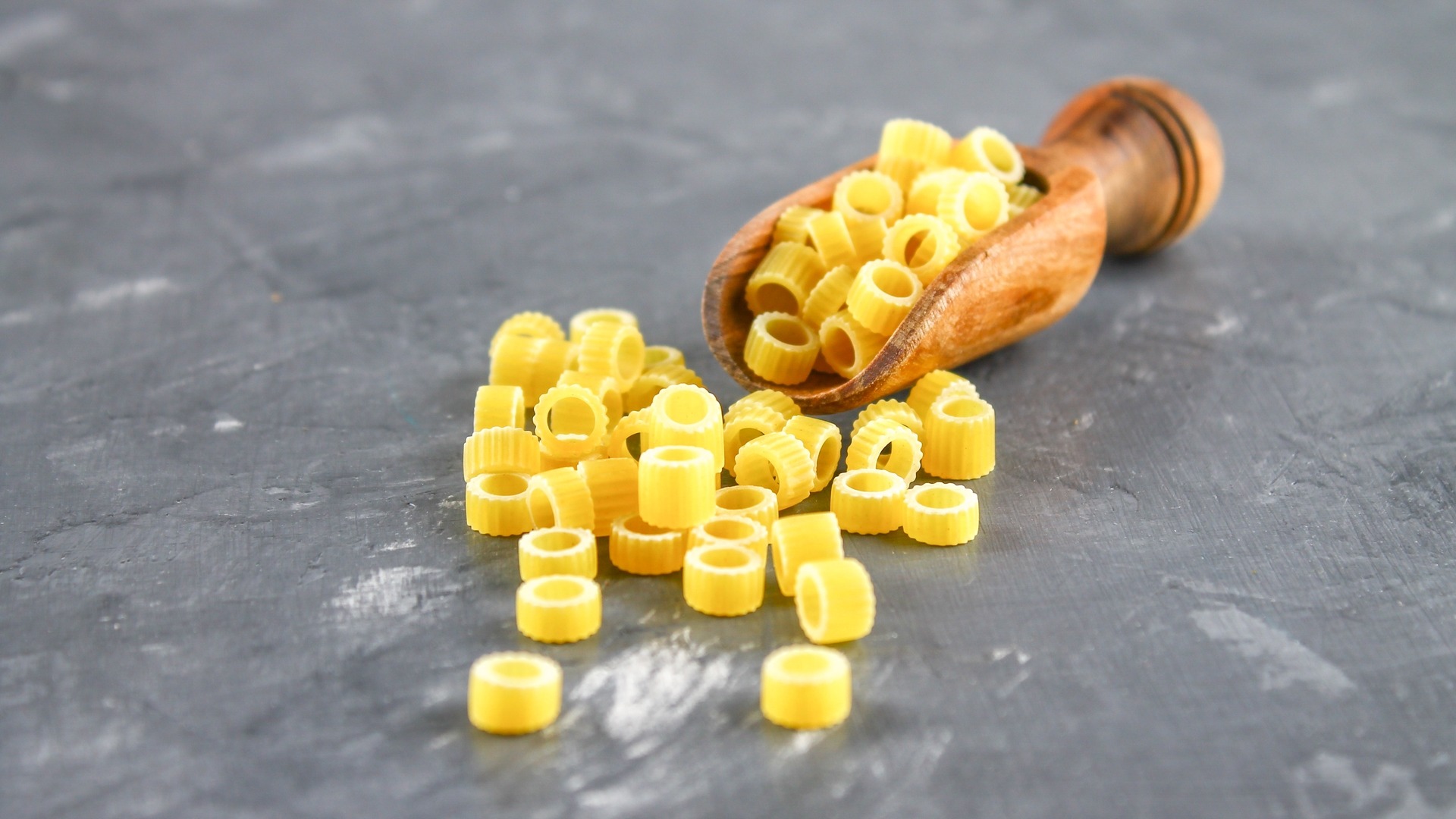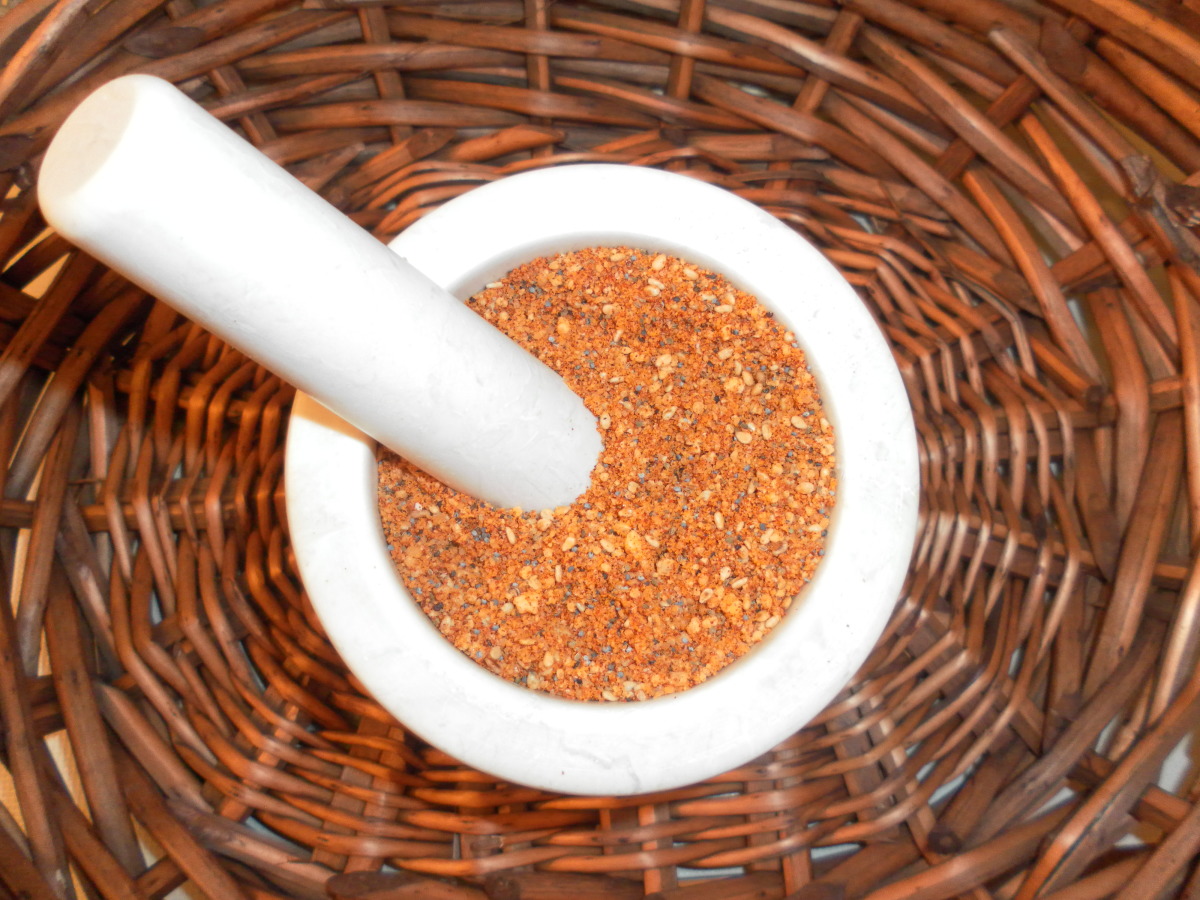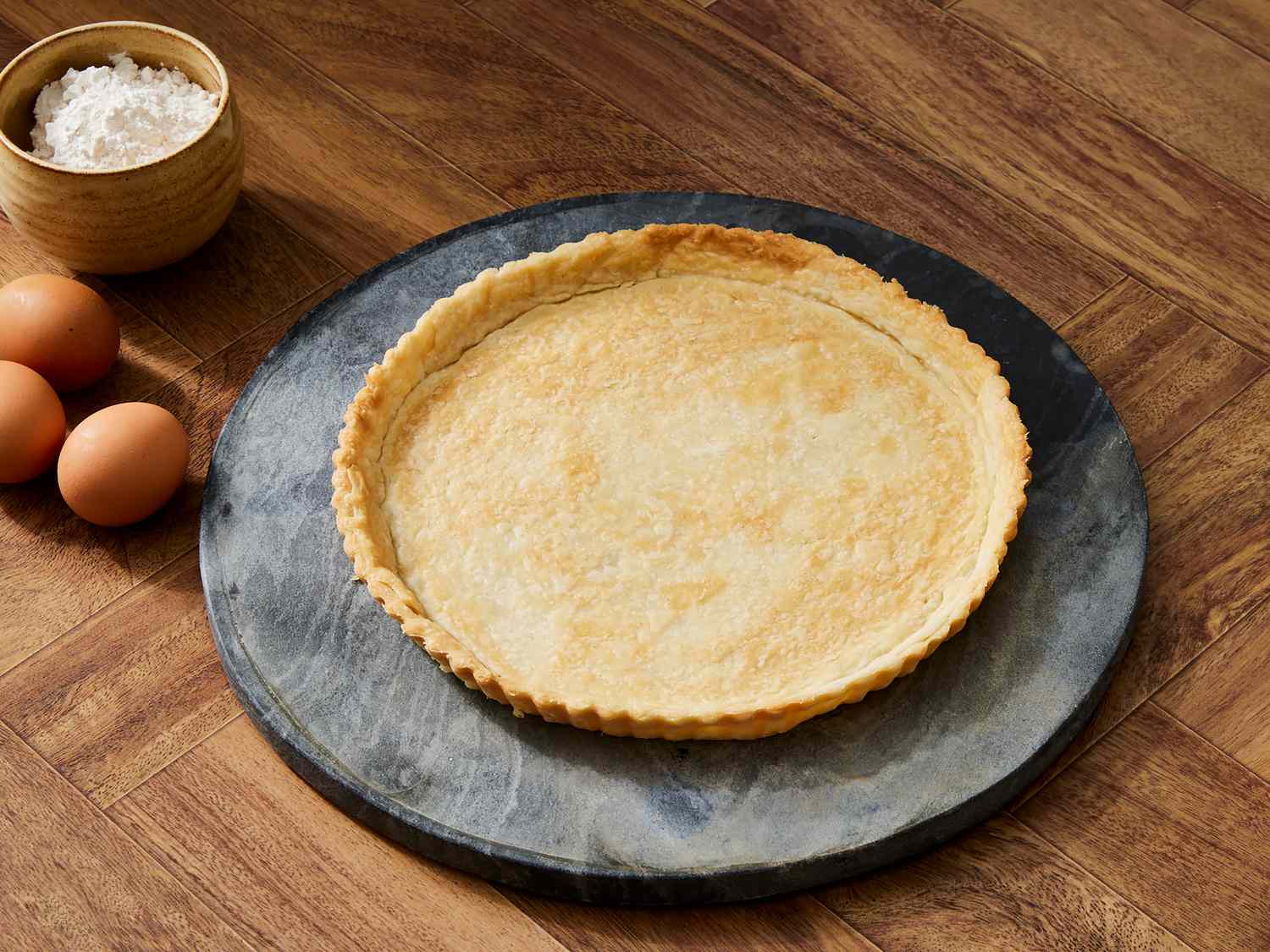Discovering the Delightful World of Cookie Butter
Have you ever heard of cookie butter? If not, you’re in for a treat! Cookie butter is a delicious spread that has been gaining popularity in recent years. It’s made from crushed cookies, mixed with sugar and oil to create a smooth and creamy texture that’s perfect for spreading on toast, dipping fruit, or even just enjoying by the spoonful.
What is Cookie Butter Made of?
Cookie butter is typically made from a blend of cookies, sugar, and oil. The cookies are ground into a fine powder and then mixed with sugar and oil to create a spreadable consistency. The most common type of cookie used to make cookie butter is speculoos, a spiced shortcrust biscuit from Belgium. However, there are also variations made with other types of cookies, such as chocolate chip or gingerbread.
How to Enjoy Cookie Butter
There are so many delicious ways to enjoy cookie butter! Here are a few ideas to get you started:
- Spread it on toast or waffles for a sweet and indulgent breakfast treat.
- Dip apple slices or pretzels into it for a tasty snack.
- Use it as a filling for sandwich cookies or to top cupcakes and cakes.
- Stir it into your morning oatmeal for a decadent twist.
Where to Find Cookie Butter
Cookie butter can typically be found in the spreads or condiments section of the grocery store. It’s often sold in jars, similar to peanut butter or Nutella. Some popular brands of cookie butter include Biscoff and Trader Joe’s Speculoos Cookie Butter. You can also find it online if you prefer to shop from the comfort of your own home.
Is Cookie Butter Vegan-Friendly?
While traditional cookie butter is made with cookies, sugar, and oil, some brands may also include dairy ingredients such as butter or condensed milk. If you follow a vegan diet, be sure to check the ingredients list to ensure that the cookie butter you choose is free from animal products.
Final Thoughts
Cookie butter is a delightful and versatile treat that’s perfect for anyone with a sweet tooth. Whether you enjoy it spread on toast, stirred into oatmeal, or simply eaten by the spoonful, cookie butter is sure to become a beloved addition to your pantry. So why not pick up a jar and give it a try? You might just discover your new favorite indulgence!
Was this page helpful?
Read Next: What Is Chile Verde?
